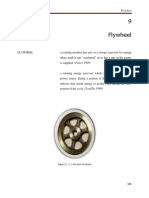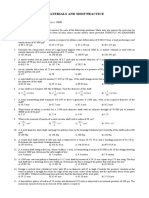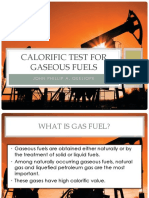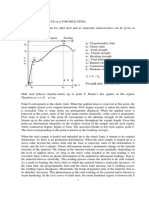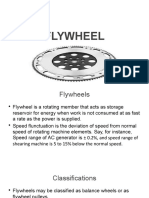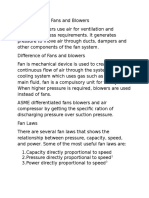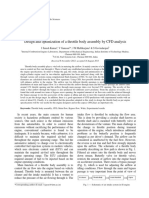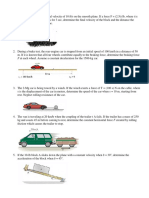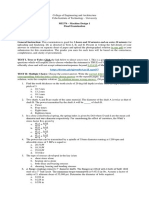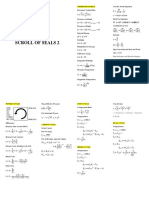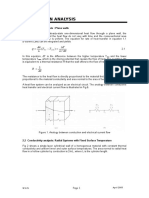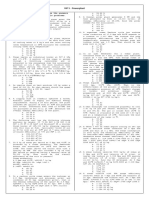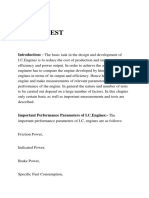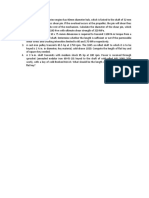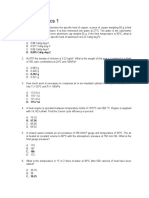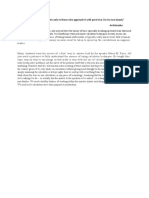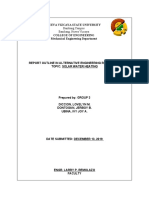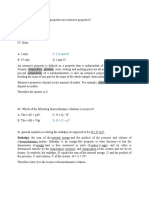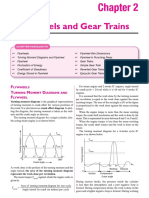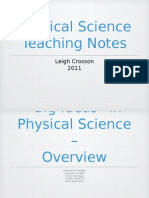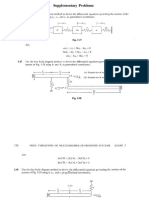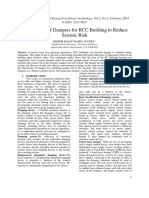0% found this document useful (0 votes)
441 views5 pagesMechanical Engineering Review 2 Fundamentals Thermodynamics
This document contains 21 multiple choice questions about thermodynamic concepts such as isentropic processes, heat transfer, internal energy, enthalpy, shaft work, and polytropic processes. Specifically:
- Questions 1-5 concern isentropic processes, heat transfer, internal energy, and work done on gas systems.
- Questions 6-14 cover heat transfer, shaft work, enthalpy change, fluid properties, and calorimetry problems.
- Questions 15-21 involve concepts like kinetic energy, power, gas laws, polytropic processes, and the first and second laws of thermodynamics.
The document reviews fundamental thermodynamic concepts assessed in multiple choice questions. It aims to
Uploaded by
Ivy Joy UbinaCopyright
© © All Rights Reserved
We take content rights seriously. If you suspect this is your content, claim it here.
Available Formats
Download as DOCX, PDF, TXT or read online on Scribd
0% found this document useful (0 votes)
441 views5 pagesMechanical Engineering Review 2 Fundamentals Thermodynamics
This document contains 21 multiple choice questions about thermodynamic concepts such as isentropic processes, heat transfer, internal energy, enthalpy, shaft work, and polytropic processes. Specifically:
- Questions 1-5 concern isentropic processes, heat transfer, internal energy, and work done on gas systems.
- Questions 6-14 cover heat transfer, shaft work, enthalpy change, fluid properties, and calorimetry problems.
- Questions 15-21 involve concepts like kinetic energy, power, gas laws, polytropic processes, and the first and second laws of thermodynamics.
The document reviews fundamental thermodynamic concepts assessed in multiple choice questions. It aims to
Uploaded by
Ivy Joy UbinaCopyright
© © All Rights Reserved
We take content rights seriously. If you suspect this is your content, claim it here.
Available Formats
Download as DOCX, PDF, TXT or read online on Scribd
/ 5


